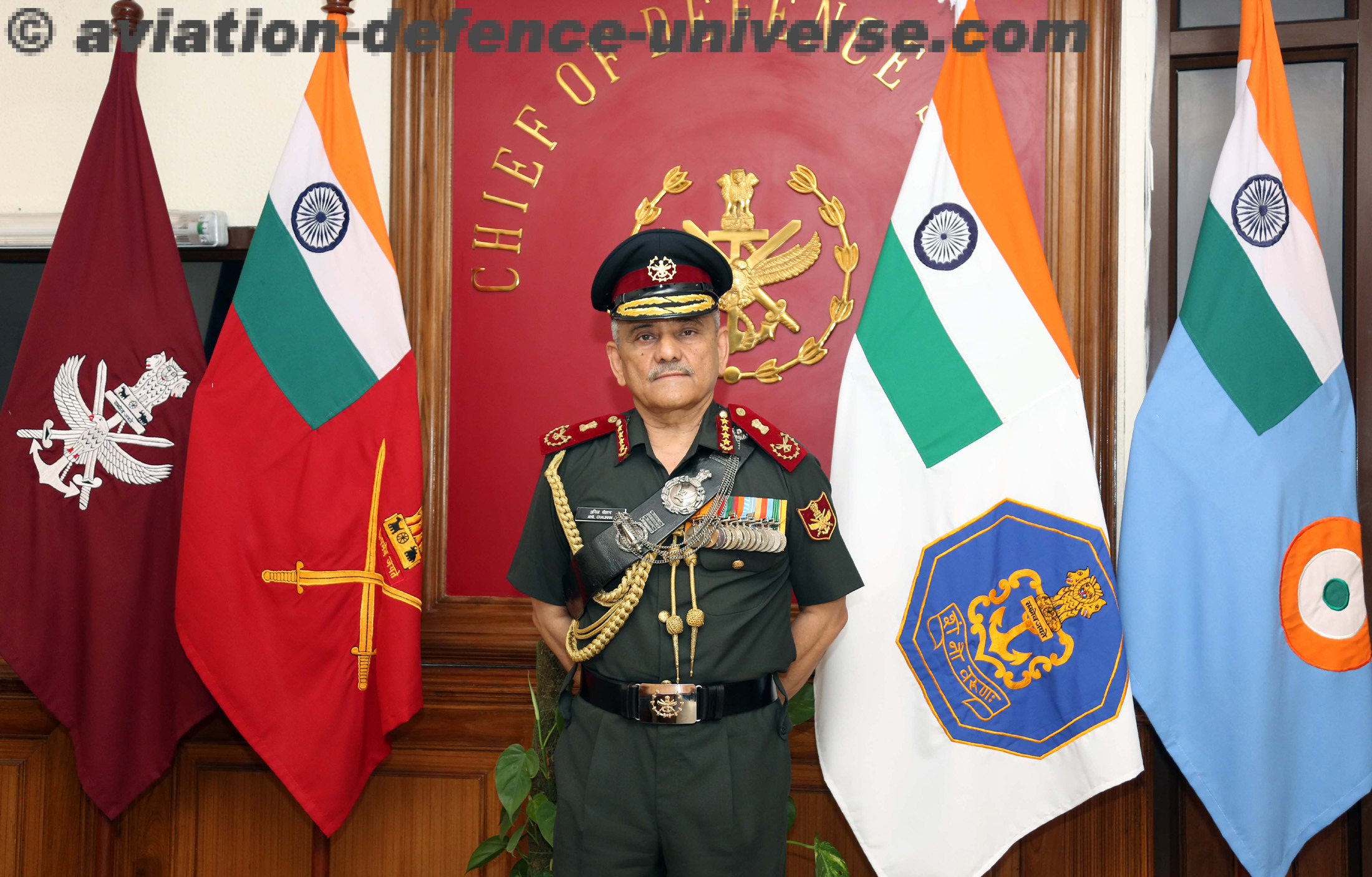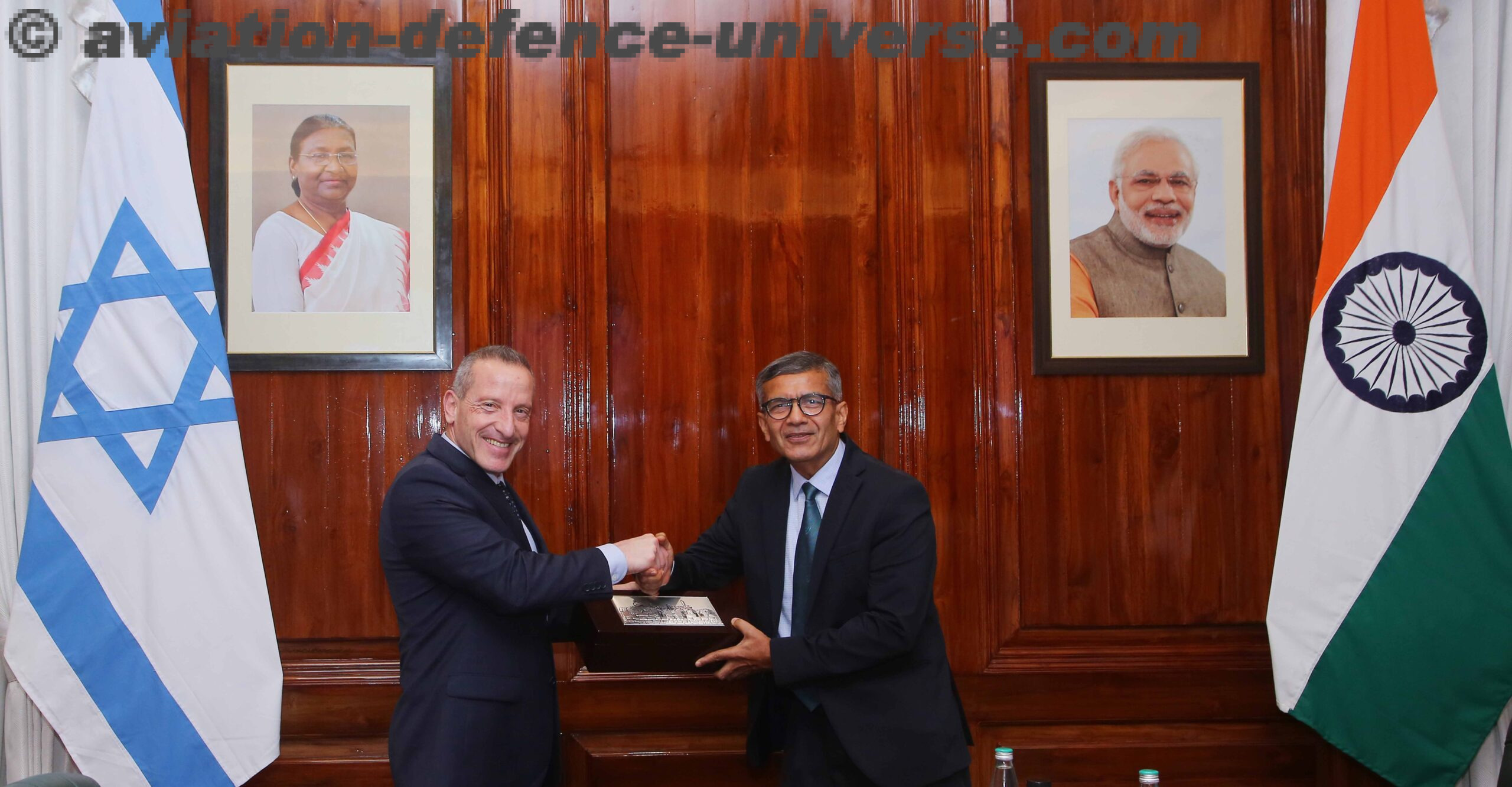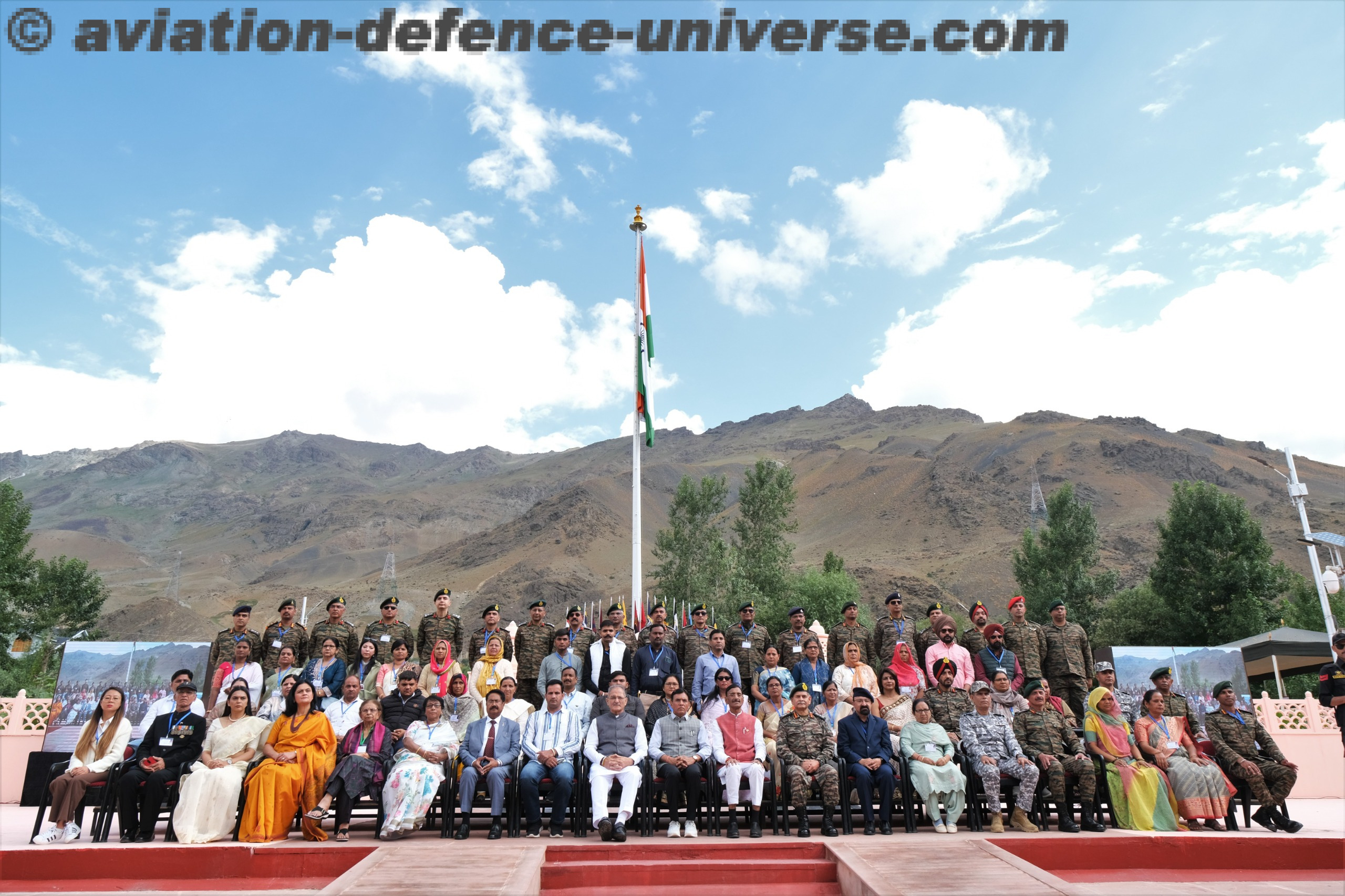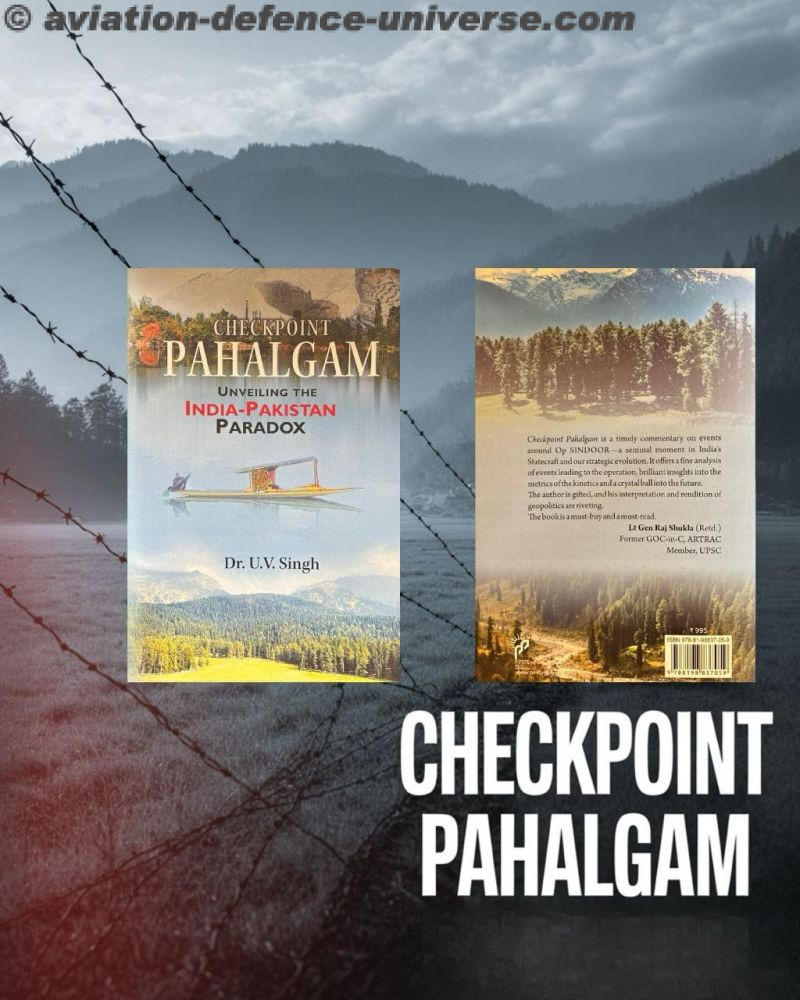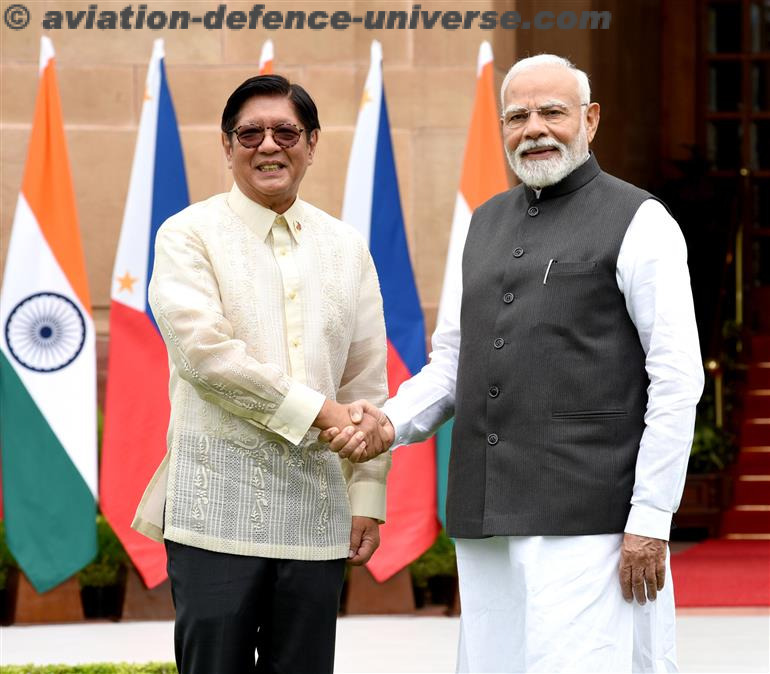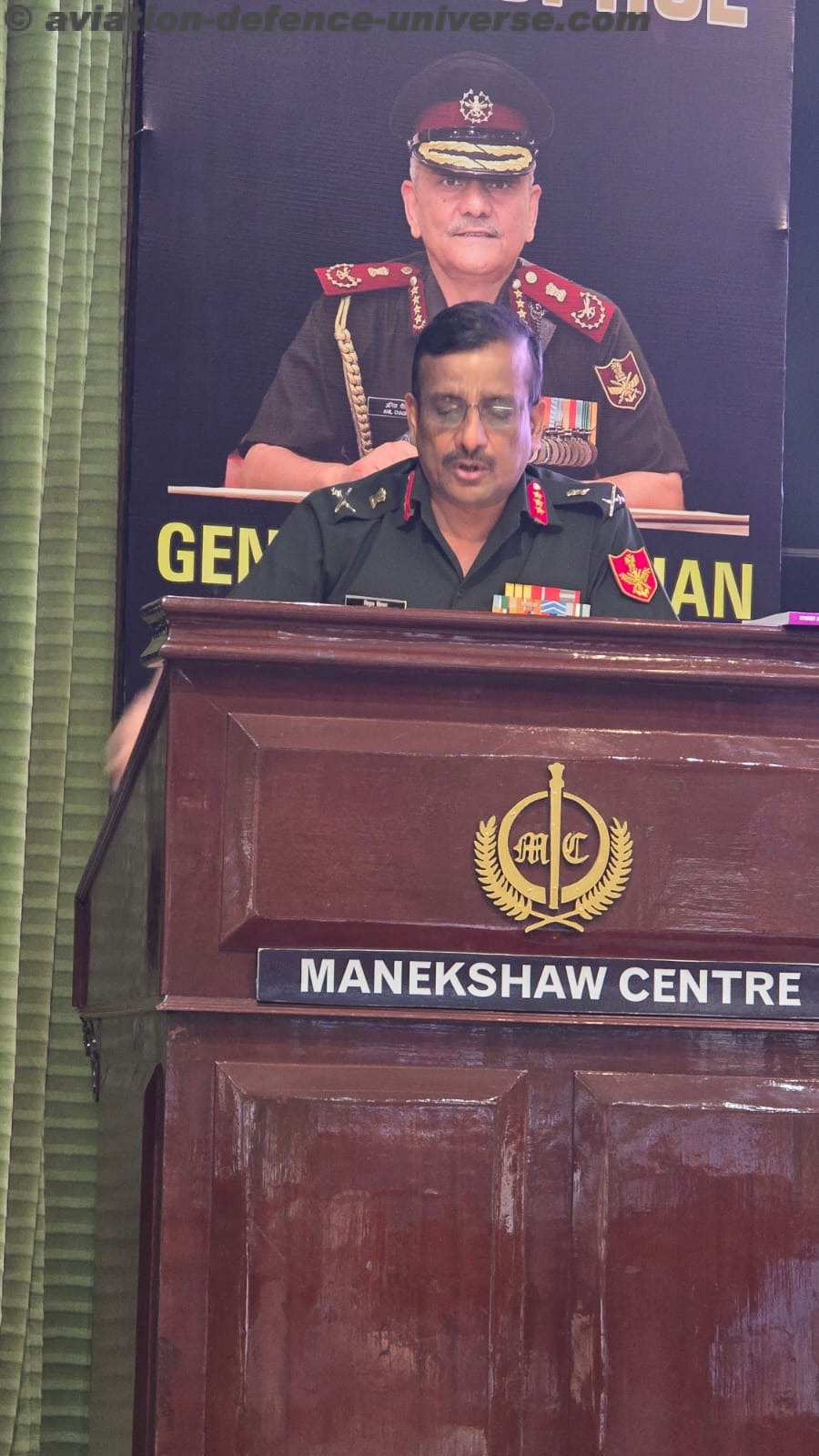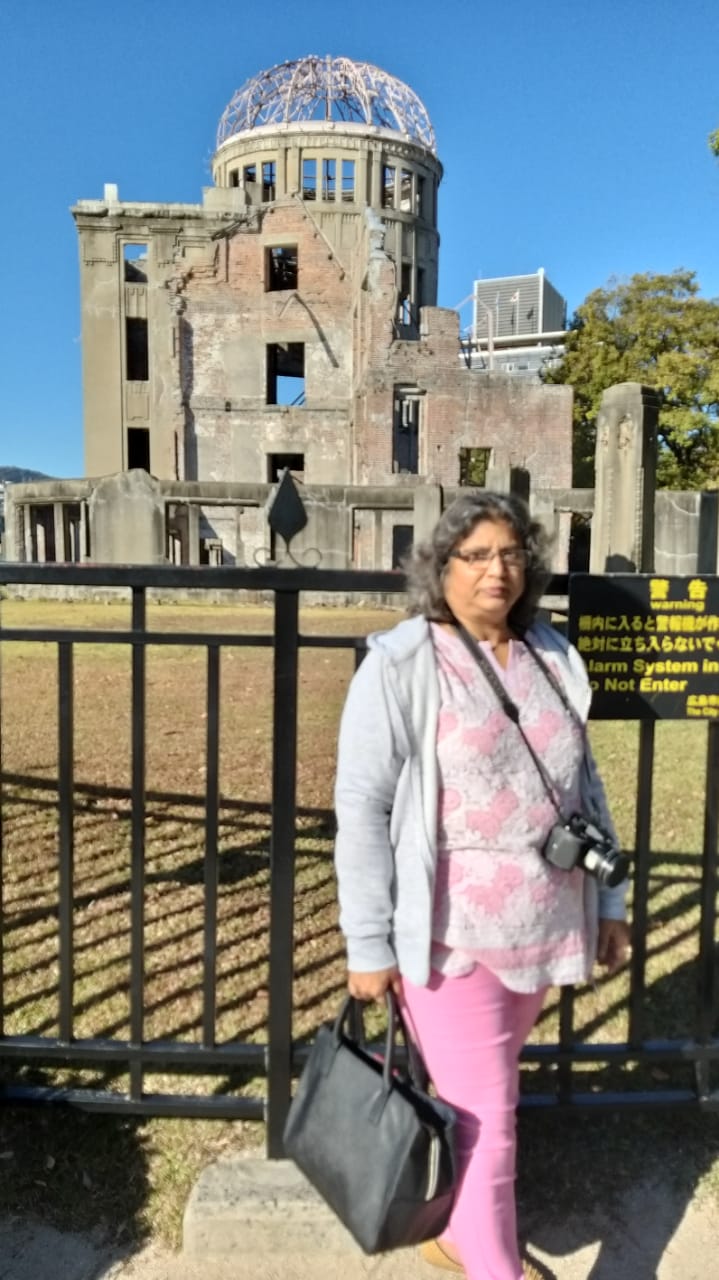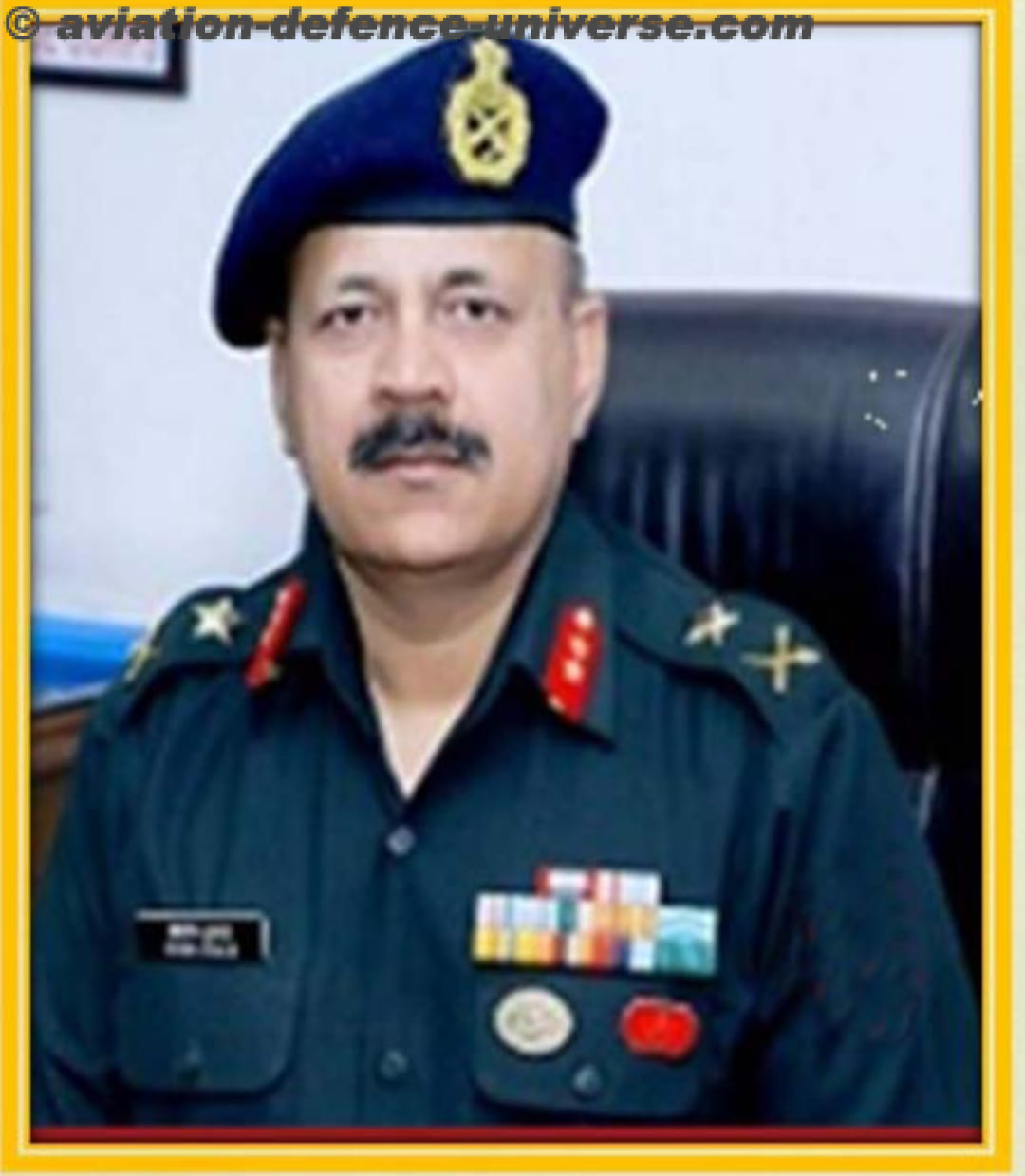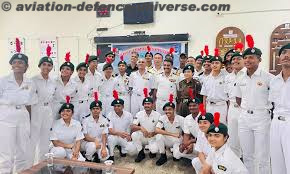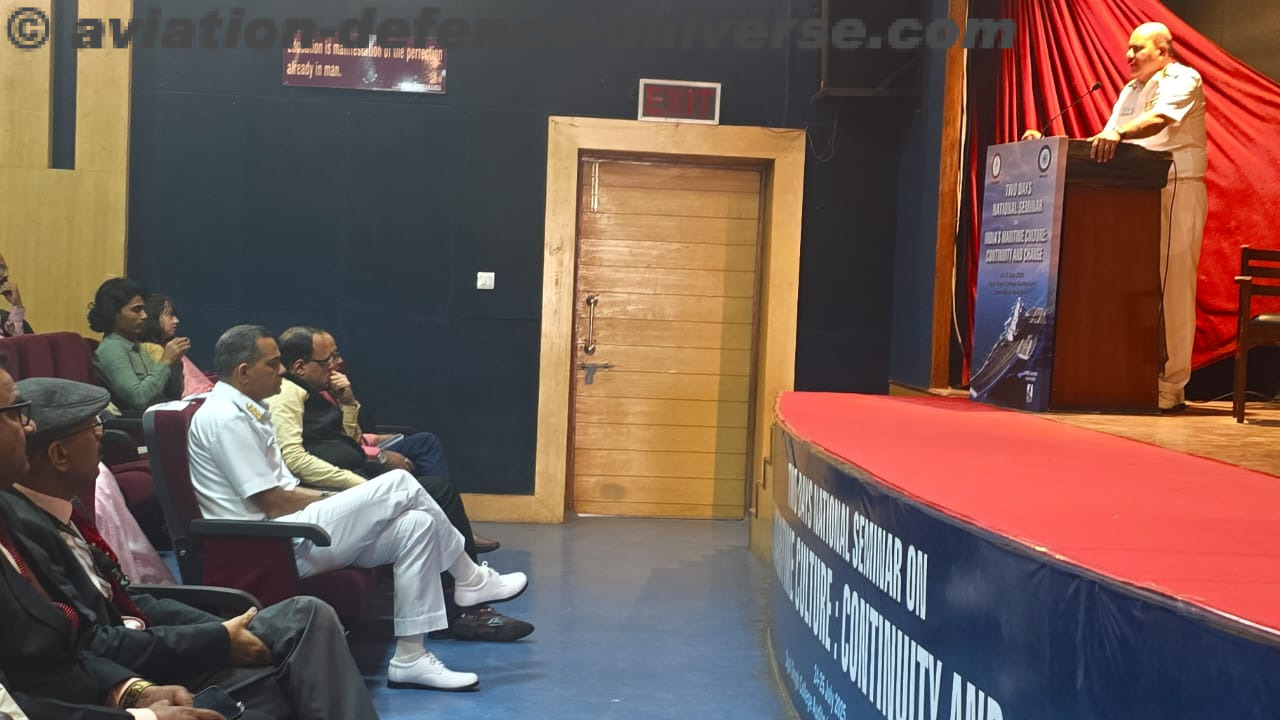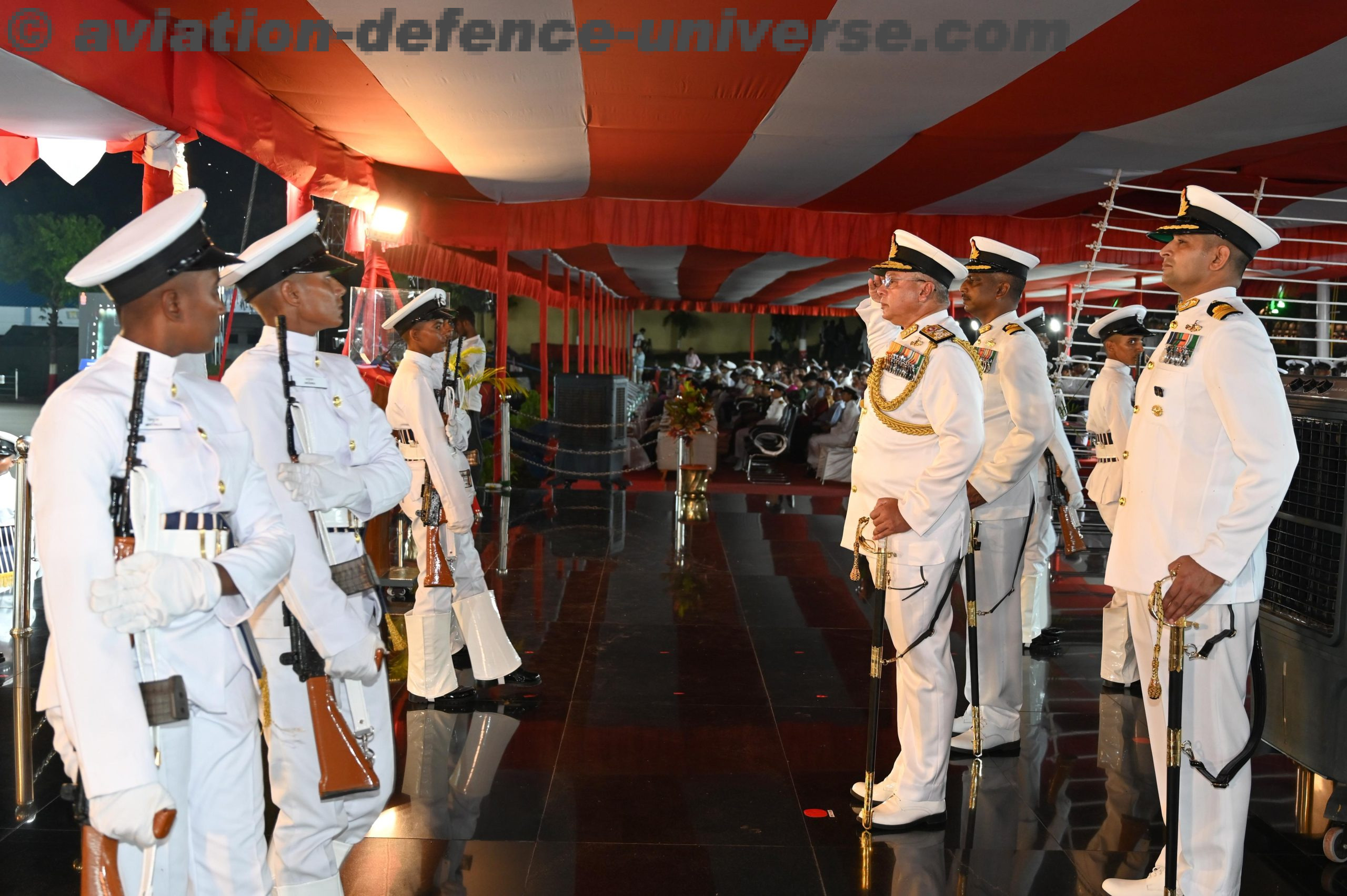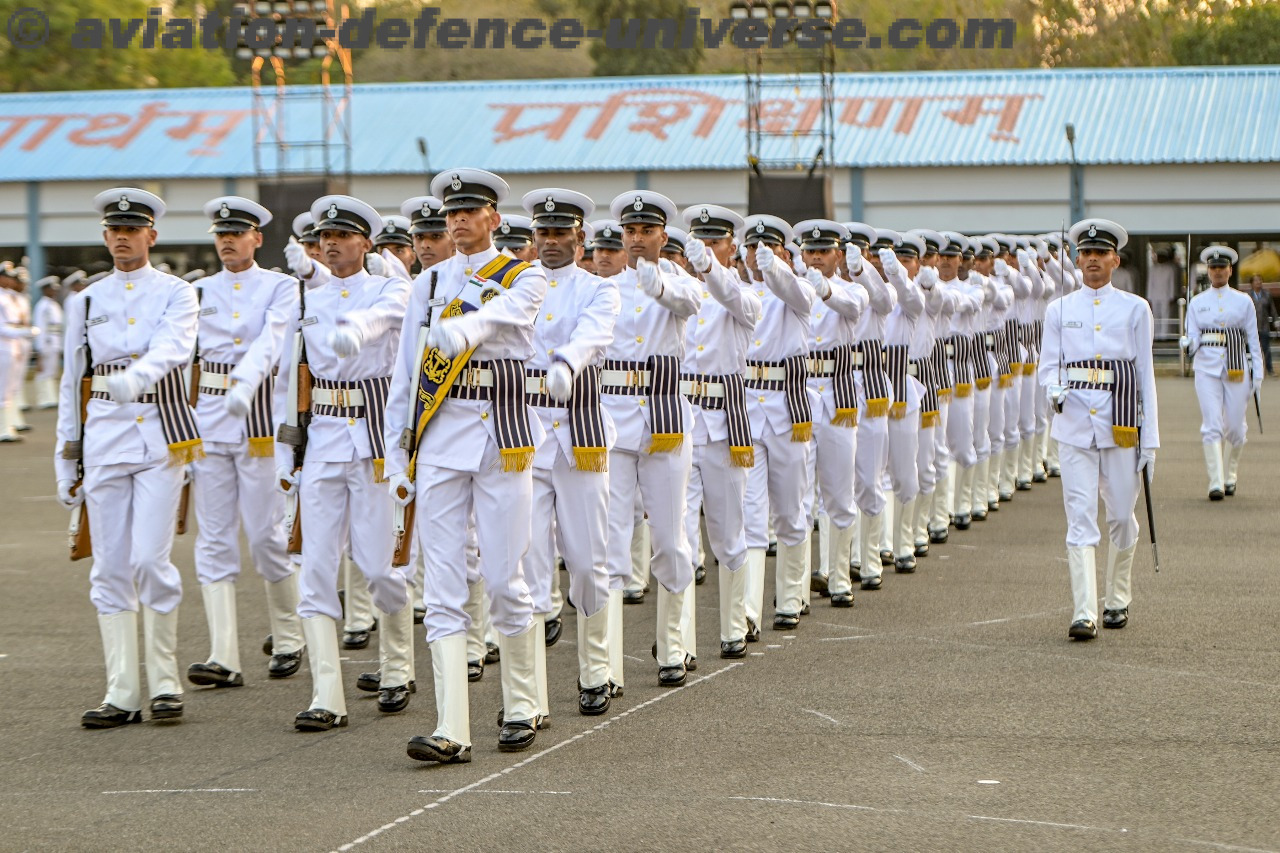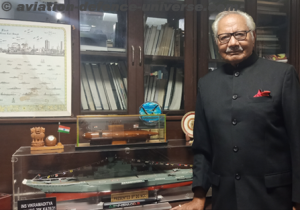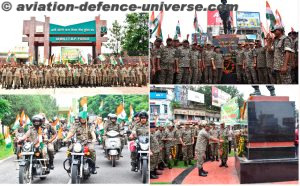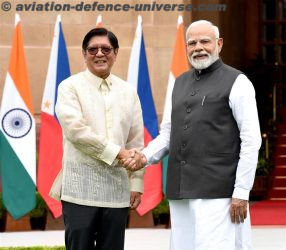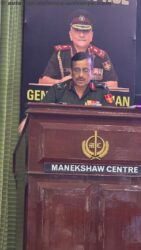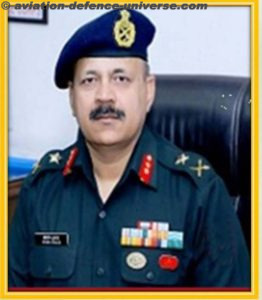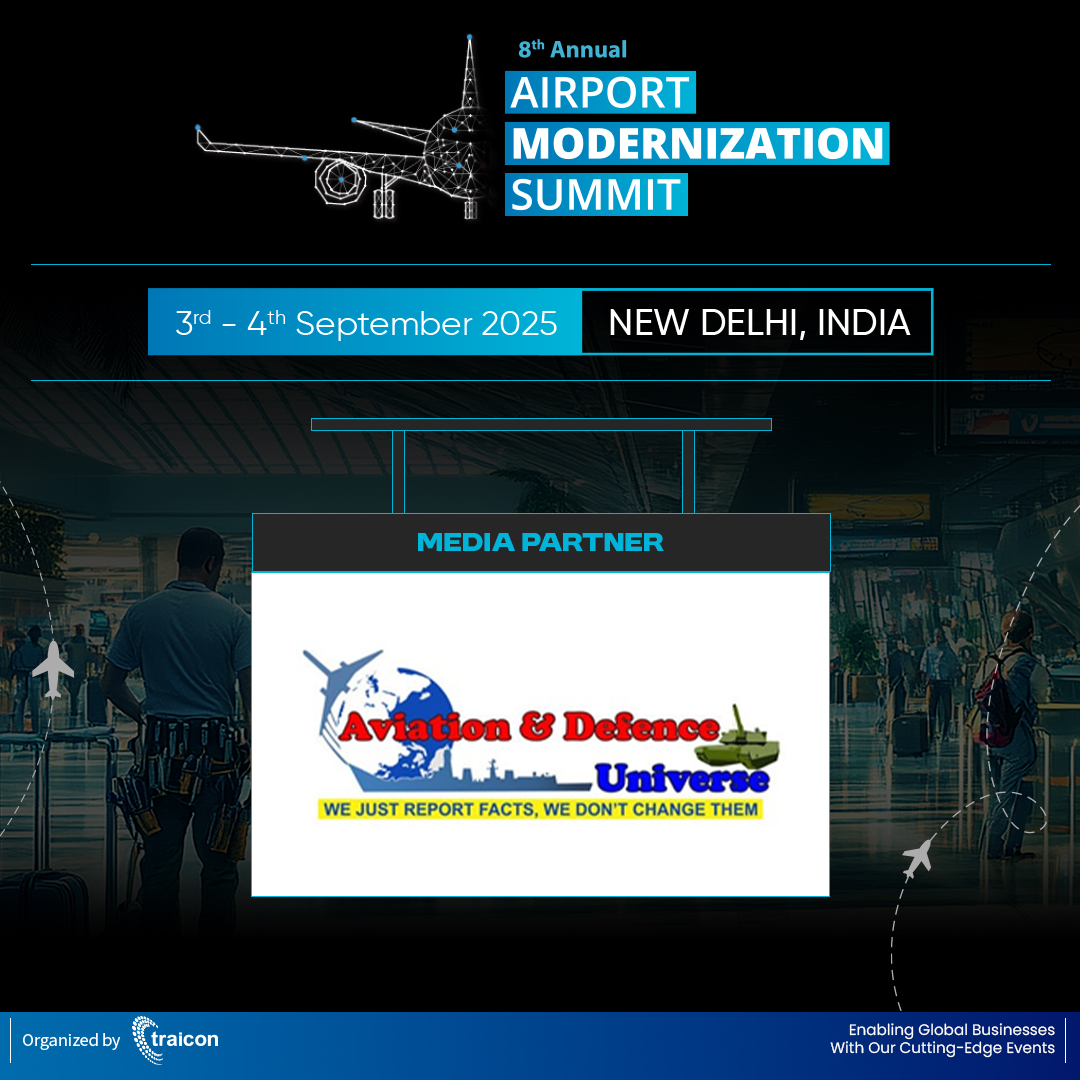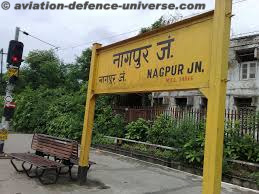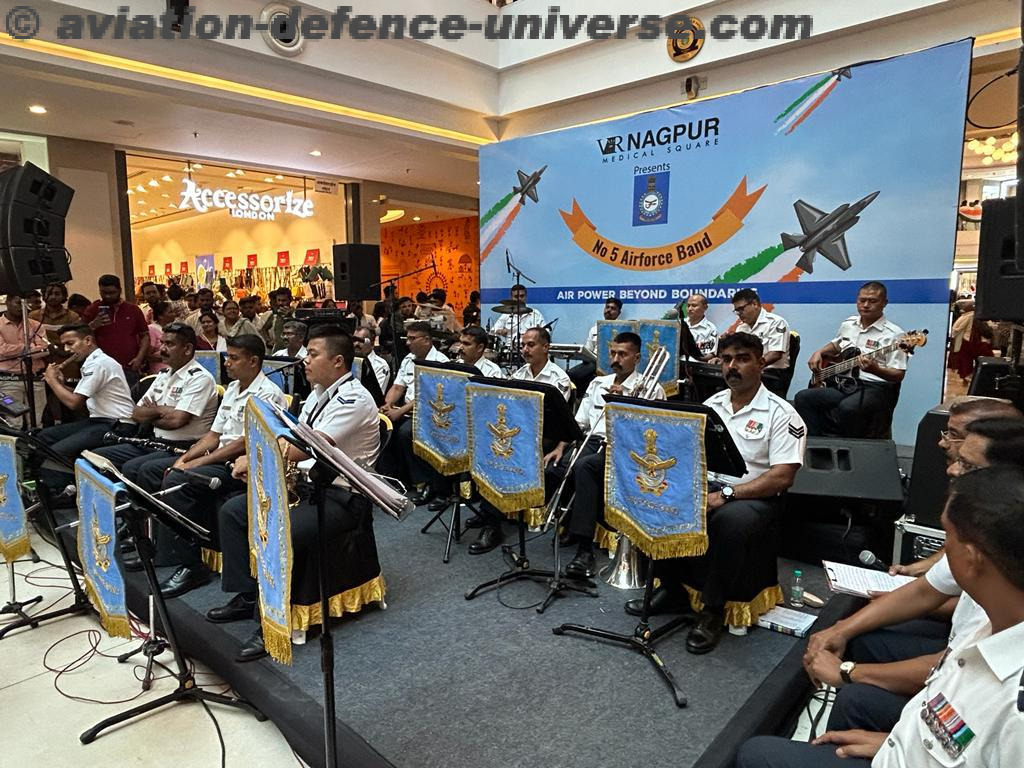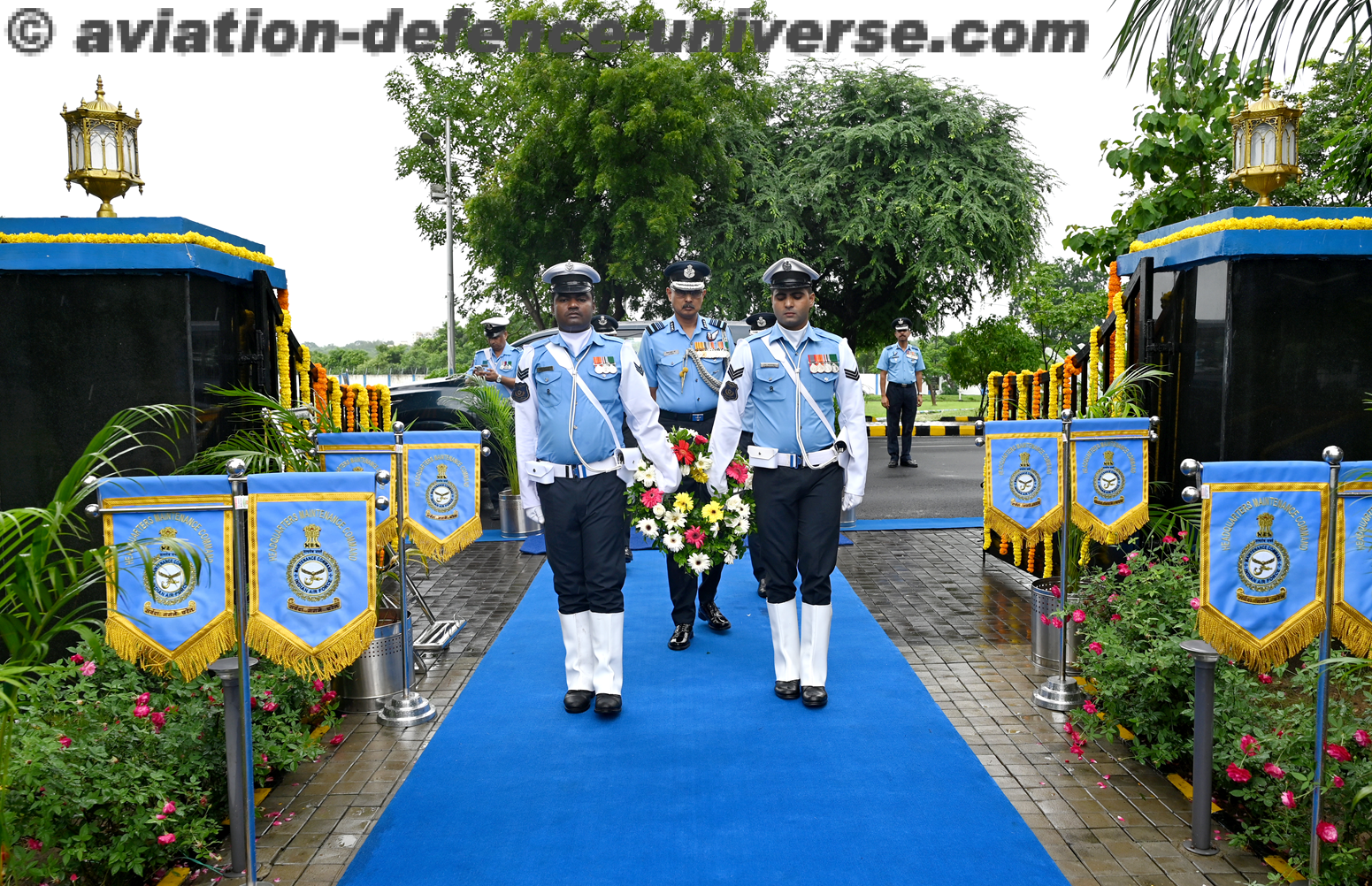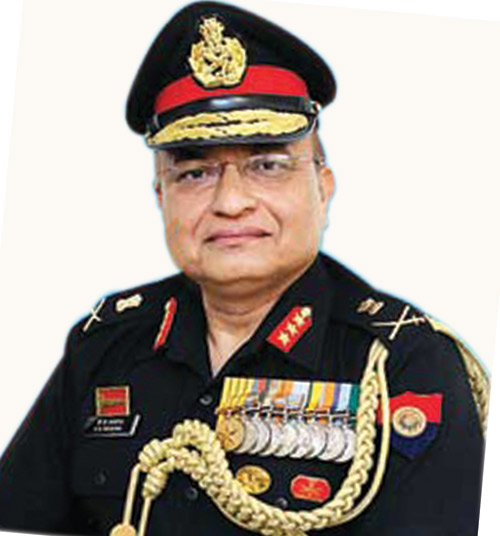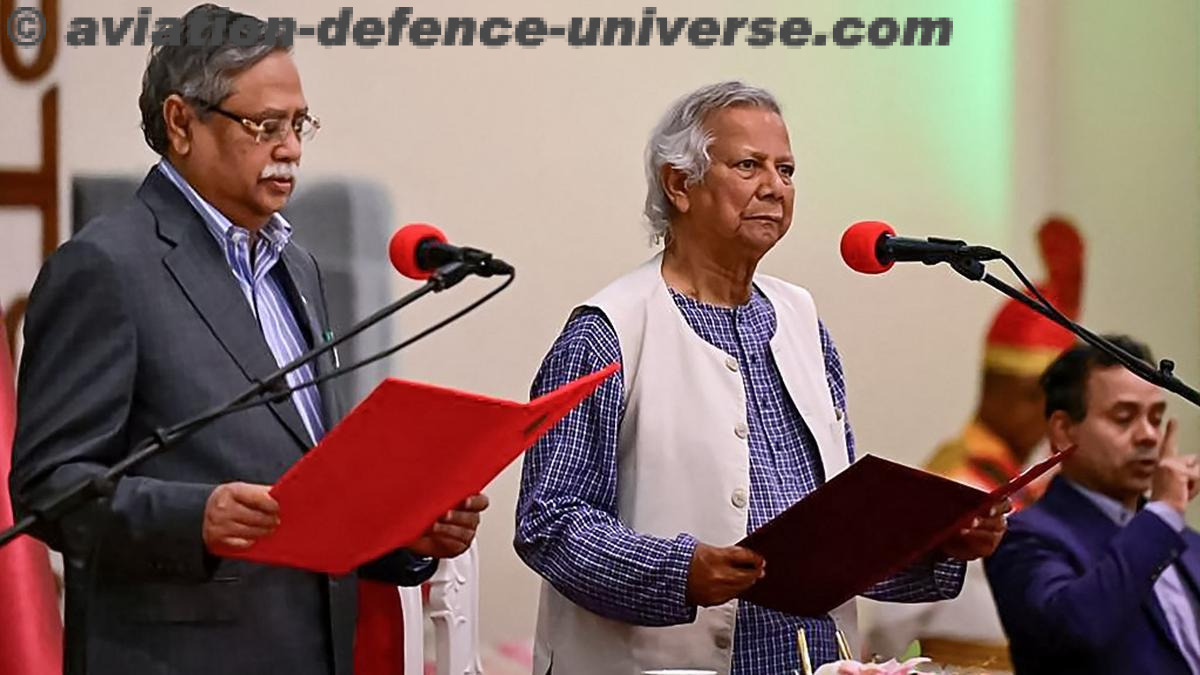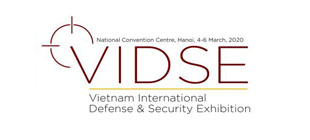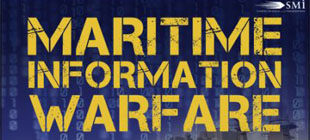- Checkpoint Courage in Checkpoint Pahalgam
By Sangeeta Saxena
New Delhi. 14 August 2025. On a quiet day in Pahalgam, the tranquillity of one of Kashmir’s most picturesque towns was shattered by a sudden, calculated act of terror. Militants struck with ruthless precision, leaving behind a trail of fear, loss, and destruction. But in the days that followed, that same valley became the nerve centre of an extraordinary military response—Operation Sindoor. Meticulously planned and executed with seamless inter-service coordination, the operation not only neutralised those responsible for the attack but also sent a clear message: India’s resolve in defending its citizens and sovereignty is unwavering. In Checkpoint Pahalgam, author UV Singh captures both the raw horror of the attack and the operational brilliance of the counterstrike, bringing readers into the heart of one of India’s most defining security operations of recent years.
When terror struck the heart of Kashmir, in 22nd April 2025, India’s answer was swift, precise, and unforgettable. Dive into Dr. UV Singh’s gripping account of the PahalgamAttack and OperationSindoor — a story of courage, strategy & unbreakable resolve. Checkpoint Pahalgam is more than a military chronicle—it is a study in courage, resilience, and strategic acumen. Through a blend of firsthand accounts, operational insights, and gripping storytelling, UV Singh reconstructs both the Pahalgam attack and the planning that birthed Operation Sindoor. His narrative keeps readers engaged while maintaining operational credibility, reflecting deep familiarity with both the human cost of conflict and the discipline of military precision. The book stands out for its balance—offering emotional resonance without sacrificing factual accuracy, and operational detail without losing the reader in jargon. For defence professionals, security analysts, and general readers alike, it is a compelling reminder that behind every headline of conflict lies a story of preparation, sacrifice, and determination.
In Chapter 1 – Setting the Scene, the book opens by painting the calm, postcard-like charm of Pahalgam—a valley town steeped in tourist allure but shadowed by militancy’s undercurrents. Singh effectively juxtaposes the serenity of pine-covered hills with the lurking threats of insurgent activity. The narrative style is vivid, immersing readers in the landscape while hinting at the tensions beneath. This opener succeeds in establishing the geographical and psychological terrain on which the drama will unfold. Singh’s opening is cinematic, but some background context on Pahalgam’s historical role in the Kashmir conflict could have further anchored the reader in its strategic significance.
In Chapter 2 – The Gathering Storm, the narrative shifts toward intelligence cues and operational chatter that point to an impending crisis. Singh builds suspense through fragmented inputs—intercepts, informant whispers, and troop briefings—creating a mounting sense of urgency. The meticulous recounting of inter-agency exchanges adds authenticity, showcasing operational coordination. While the buildup is gripping, a few terms and acronyms could overwhelm non-military readers without explanatory asides.
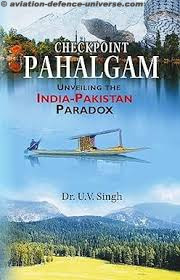
In the Chapter 3 – The Pahalgam Attack, Singh delivers a blow-by-blow account of the attack that jolted the valley. The description of the assault—gunfire cracking, chaos rippling through tourist areas, and the human toll—is precise yet deeply human. Civilians, soldiers, and first responders are portrayed not as faceless entities but as individuals caught in a maelstrom. This chapter is the book’s emotional core, but Singh’s adherence to operational detail sometimes comes at the expense of a deeper exploration of the victims’ personal stories.
In Chapter 4 – Operation Sindoor Begins, Singh transitions seamlessly into the retaliatory operation, codenamed Sindoor. The tactical narration—identifying enemy hideouts, planning assault routes, and integrating intelligence—reflects an insider’s grasp of counter-insurgency. The pacing here mirrors the tempo of real operations: rapid planning followed by tense execution. The operational accuracy is commendable, but the chapter could have benefited from more emphasis on decision-making dilemmas and rules of engagement.
The response came not with reckless fury but with measured precision. Operation Sindoor was conceived in the hours and days that followed—an inter-service strike forged on intelligence, coordination, and resolve. Singh details how Army units, paramilitary forces, and intelligence operatives fused into a single machine. Reconnaissance drones mapped enemy positions; surveillance teams tracked movements across the Line of Control; operational cells planned entry and exit points down to the minute. When the order came, troops moved under the cover of night, crossing difficult terrain, cutting through icy winds, and closing in on fortified hideouts. The assault was swift and decisive—enemy positions were neutralised, caches destroyed, and the network behind the Pahalgam carnage dismantled. In Singh’s telling, it was not just an operation—it was a message: India would neither forget nor forgive those who spilt innocent blood, and its armed forces had both the capability and the will to strike back with unerring accuracy.
In Chapter 5 – The Pursuit , the reader follows hot pursuits across rugged terrain. Singh balances action with an appreciation for the physical and mental toll on soldiers. The sensory writing—boots on snow, breath in the thin air, the metallic tang of spent cartridges—brings scenes alive. The high-octane writing maintains reader engagement, but occasionally lapses into a tone that feels more like a mission log than a narrative for the general reader.
In Chapter 6 – The Final Push, Singh details the climactic phases of Sindoor, culminating in the neutralisation of key militant leaders. The writing becomes tighter, almost breathless, echoing the urgency of the moment. Singh’s background knowledge ensures every tactical manoeuvre feels credible. While operational accuracy is high, the emotional release post-victory feels underplayed—readers are left wanting a more visceral sense of relief or closure.
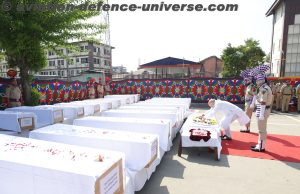
In Chapter 7 – Aftermath and Reflections , the focus shifts to the political, military, and social implications of the operation. Singh explores how the success of Sindoor altered security postures and impacted public morale. The reflections on counter-terrorism strategy and civil-military relations elevate the narrative from reportage to commentary. This chapter strengthens the book’s analytical value, but a comparative perspective with past operations could have enriched the context.
Checkpoint Pahalgam by UV Singh captures one of India’s most defining moments in modern counterterrorism. From the calculated terror strike on Pahalgam to the meticulously planned OperationSindoor, Singh’s narrative is equal parts human, strategic, and inspiring. With operational accuracy and emotional depth, this is a must-read for anyone interested in national security, military strategy, or stories of courage in the face of adversity.
Singh’s storytelling style is a blend of factual reportage and narrative fiction techniques — crisp operational details are interwoven with character-driven storytelling. The language is direct, with military terminology explained contextually for civilian readers, ensuring accessibility without diluting authenticity. Reader engagement is maintained through a cinematic pacing: moments of calm and introspection contrast with bursts of intense action, keeping tension alive throughout. From a factual and operational accuracy standpoint, Singh’s portrayal aligns closely with standard Indian security force procedures, enhancing credibility.
U.V. Singh’s storytelling is an eclectic mix of journalistic immediacy and operational precision. His pacing varies effectively—lingering over tense moments, accelerating through bursts of action. The reader engagement is strongest during high-conflict scenes, though occasional jargon-heavy passages may alienate those unfamiliar with military terminology. Operational accuracy appears meticulous, reflecting either firsthand exposure or deep research.

The relevance of content of the book is multi-fold. For defence enthusiasts it offers a realistic glimpse into modern Indian military operations. For policy and strategic studies’ scholars it shows interplay between tactical actions and strategic messaging. For general readers it delivers an engaging, emotionally resonant story rooted in real-world tensions.
Book : Checkpoint Pahalgam: Unveiling The India-Pakistan Paradox
Type : Hardcover
Author : Dr. U.V. Singh
Publisher : Pentagon Press
ISBN: 9788198837059
Edition: 1, 2025
Pages: 220
Price : 995/-












